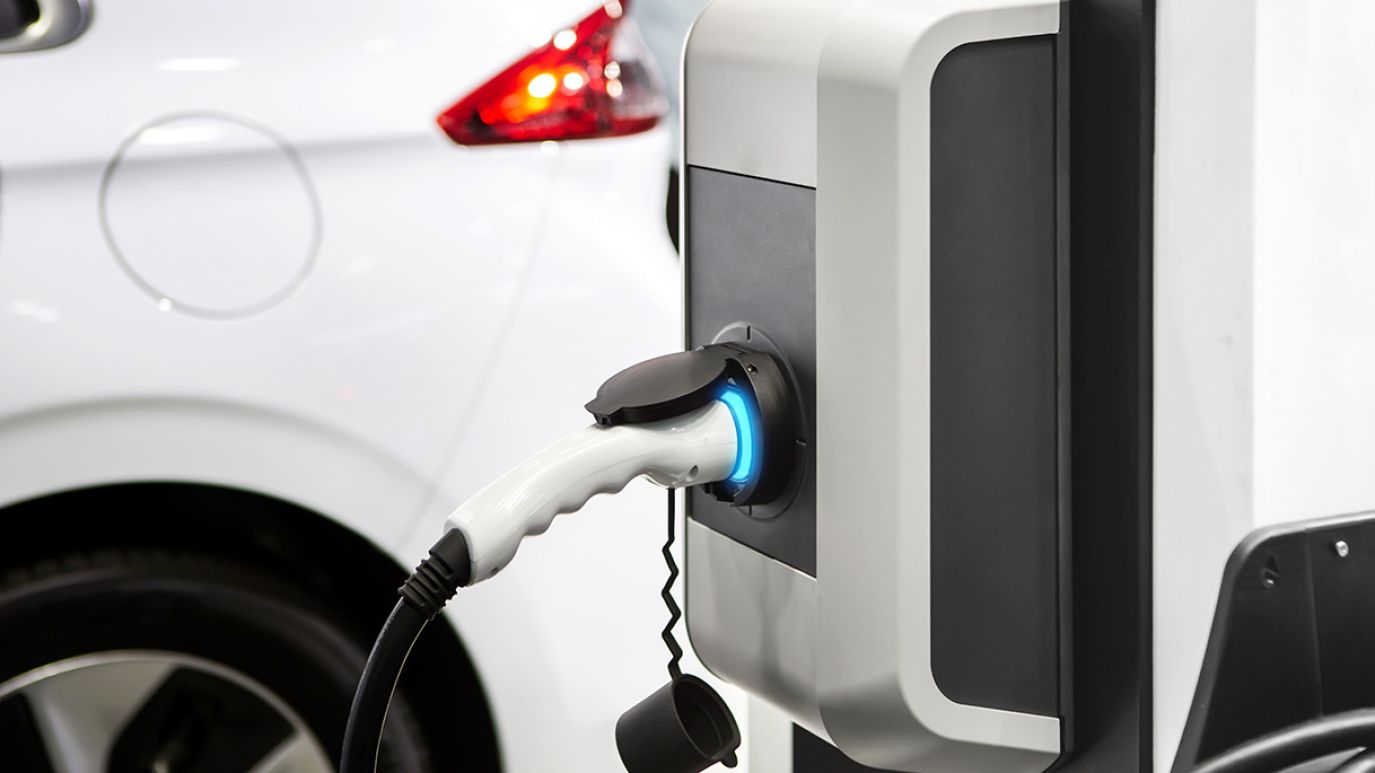The U.S. is building a homegrown synthetic graphite supply chain for EV batteries

The U.S. is building a homegrown supply chain for synthetic graphite for use in the manufacture of EV batteries to minimize the risk from China’s global dominance in natural graphite production and its recent export ban on certain graphite products.
Late last year, China’s commerce ministry put the world’s battery industry on notice by restricting the export of some graphite materials used to make anodes for lithium-ion batteries, which is essential in the electric vehicle (EV) sector.
China limits the export of natural and synthetic graphite
According to the U.S. Geological Survey, China mines over 60% of the world’s natural graphite and produces over 50% of the world’s synthetic graphite. China also dominates processing steps further down the supply chain, with Chinese companies producing 99% of spherical graphite and 93% of all graphite anode materials.
Graphite anodes can be produced from synthetic graphite – which is made by heating petroleum coke – or from mined graphite flakes. Graphite flakes are milled into spherical particles and then coated with carbon, with both forms then mixed with binders to create a battery anode. According to the ruling, in December, companies in China need permission to export natural and synthetic graphite materials that are used to make anodes.
It also follows the export ban on gallium and germanium. From 1 August 2023, China made it a requirement for local companies to gain permission to export some gallium and germanium compounds – gallium is used to produce compound semiconductor wafers for electronic circuits, semiconductors, and light-emitting diodes, while germanium is used in the manufacture of fiber optics.
However, the restriction on graphite is not necessarily slowing down U.S. manufacturing of batteries for EVs, as it is focusing on the production of synthetic graphite – a much cheaper option than finding graphite deposits and then creating a mining plant. According to Benchmark Mineral Intelligence, synthetic graphite could account for nearly two-thirds of the EV battery anode market by 2025.
U.S. companies are creating a local supply chain for synthetic graphite for use in EV batteries
Manufacturing companies in the U.S. are already pressing ahead with their plans for synthetic graphite production plants. For example, in October 2022, New York State-based Anovion Technologies was awarded a grant of $117 million from the U.S. Department of Energy under the Bipartisan Infrastructure Law to build a domestic battery manufacturing supply chain by building an $800 million synthetic graphite production plant in Southwest Georgia – the first of its kind in the U.S. It will be built in close proximity to a number of EV and battery manufacturers in the region and is expected to initially produce 40,000 metric tonnes per year once fully operational.
Canada and US-based Novonix, meanwhile, has developed proprietary technology that includes unique continuous graphitization systems for the production of synthetic graphite.
Likewise, Westwater Resources is planning a graphite mine and processing facility in Alabama using financial support from Washington and Syrah Resources is nearing completion of a plant in Louisiana that will produce anode material from natural graphite. Both firms expect Chinese export restrictions to boost their business.
EV battery hubs are springing up throughout the US
Graphex Technologies is building facilities in Michigan that will produce spherical and carbon-coated natural graphite. In October 2023, Mumbai-based Epsilon Advanced Materials (EAM) announced it was planning $650-million battery materials and components plant in North Carolina in 2026 that could eventually supply up to 1.1 million EVs in the US. The company said it will make anodes using both natural and synthetic graphite and will take advantage of a growing EV and battery ecosystem in the state and is currently in talks to source raw materials. It is likely to qualify for incentives under the Inflation Reduction Act.
However, while the U.S. is making strides to build a homegrown synthetic graphite supply chain, the dominance of Chinese supplies of natural graphite mean that the switchover is likely to take a few years. In the meantime, sourcing graphite – particularly natural – could be an issue.
Pamir provides strategic advisory and risk assessment services to help U.S. companies to navigate the challenges of trading with, or operating in, China. We integrate unique research methodologies with on-the-ground knowledge from local experts in China to provide a comprehensive risk assessment strategy for our customers. Contact us today to find out more.
China’s 5G influence in developing economies
China’s Belt and Road Initiative and its digital counterpart, the Digital Silk Road, threaten to displace US telecom and tech companies in developing economies in Africa, Latin America and the Middle East. How can US operators and network providers stand up to the challenge?